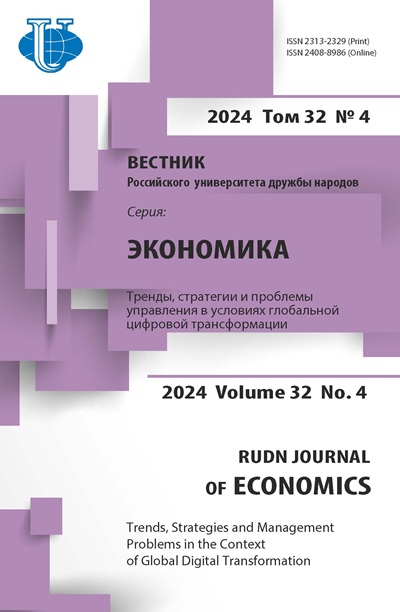Abstract
The rapid acceleration of scientific and technological progress, which started at the beginning of the 21st century, has become a decisive factor in influencing the global economy. Who will lead the global innovation race? This problem is especially relevant in the field of artificial intelligence (AI). At the moment, the United States and China are the main participants in the battle for dominance in this area. The author assesses China’s innovative potential in the field of AI and identifies its achievements in this area. Based on the statistics provided, China’s AI leadership has reached a critical point. China is confidently leading the new fundamental research of artificial intelligence, forming its theoretical base and applied research and development, which will contribute to the creation of new high-tech innovative products and services. However, in terms of the number and quality of AI specialists (AI Talents) and the number of companies engaged in AI, China is still lagging behind its main rival, namely the United States. The author proved that, despite the obvious successes of China, the United States still has an equal lead in the global innovation race.















